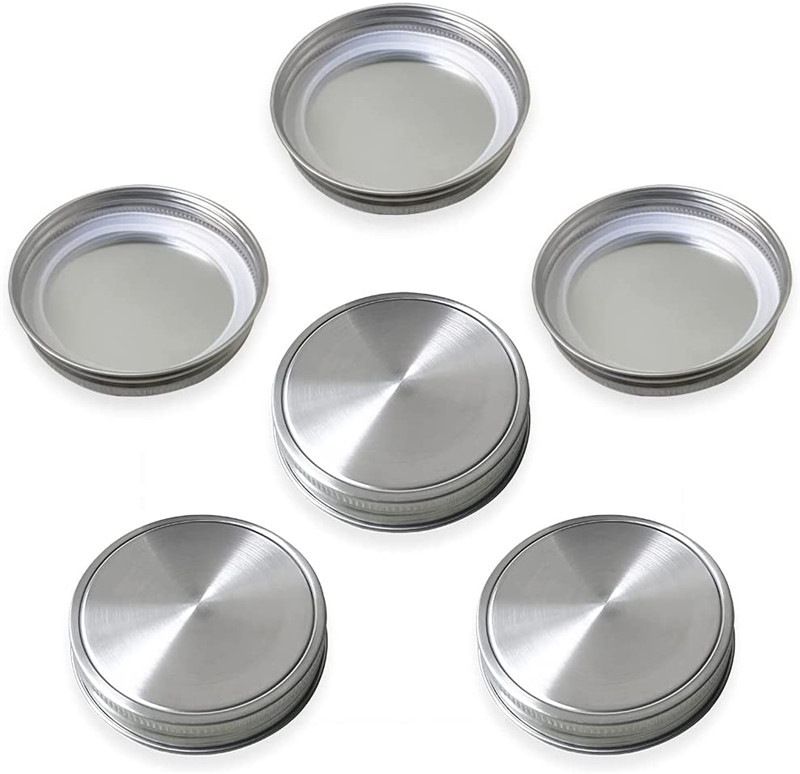Beekeeping is a delicate balance of art and science, where the health of the hive is paramount. One innovative tool that has revolutionized the way beekeepers manage their hives is the Bee Pollen Collection Trap. This article will explore the significance of the Bee Pollen Collection Trap, its functionality, and the benefits it offers to both the bees and the beekeepers.
What is a Bee Pollen Collection Trap?
The Bee Pollen Collection Trap is a specialized device used in beekeeping to collect pollen brought into the hive by forager bees. Pollen is a vital protein source for the development of larvae and overall hive health. The trap is strategically placed within the hive to capture pollen as bees move through it.
Why Use a Bee Pollen Collection Trap?
Utilizing a Bee Pollen Collection Trap offers several key advantages:
- Pollen Harvesting: It allows beekeepers to harvest pollen, which is a nutritious supplement for humans and other animals.
- Hive Health Monitoring: The amount and quality of pollen collected can indicate the health of the hive and the surrounding environment.
- Resource Management: By controlling the flow of pollen, beekeepers can manage the hive’s resources, especially during periods of pollen scarcity.
How Does a Bee Pollen Collection Trap Work?
The Bee Pollen Collection Trap operates by creating a small gap or barrier that bees must traverse. As they pass through, the pollen on their legs is dislodged and falls into a collection area. This design ensures that the bees can continue their normal activities without hindrance while efficiently collecting pollen.
Benefits of Using a Bee Pollen Collection Trap:
- Nutritional Analysis: The collected pollen can be analyzed to determine the nutritional content and the types of plants the bees are foraging from.
- Pollen Sales: Pollen is a valuable product that can be sold to health food stores or used in cosmetics and supplements.
- Bee Population Control: In some cases, limiting the amount of pollen can help control the size of the bee population, preventing overpopulation in the hive.
How to Install a Bee Pollen Collection Trap:
- Choose the appropriate location within the hive, typically between the brood box and the honey supers.
- Ensure the trap is securely attached and does not obstruct the bees’ movement.
- Regularly check and clean the trap to maintain its efficiency and hygiene.
Choosing the Right Bee Pollen Collection Trap:
When selecting a Bee Pollen Collection Trap, consider the following factors:
- Compatibility: Ensure it is suitable for the type of hives you manage.
- Material: Opt for durable, non-toxic materials that will not harm the bees.
- Ease of Maintenance: Look for a trap that is easy to clean and maintain.
In conclusion, the Bee Pollen Collection Trap is a valuable addition to any beekeeper’s toolkit. It not only aids in the collection of a nutritious and marketable product but also serves as a tool for monitoring and managing hive health. By understanding and implementing the use of a Bee Pollen Collection Trap, beekeepers can take a more proactive and informed approach to hive management.

Embrace the benefits of the Bee Pollen Collection Trap and enhance your beekeeping practices. With this innovative tool, you’re contributing to the sustainability of bee populations and the health of our ecosystems.

